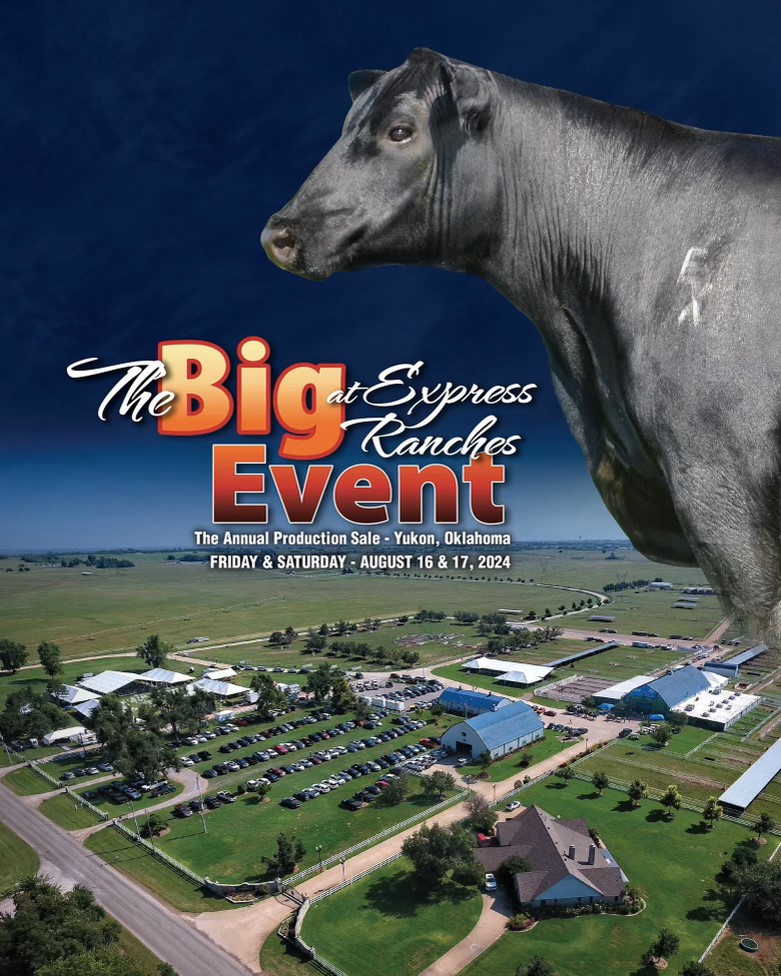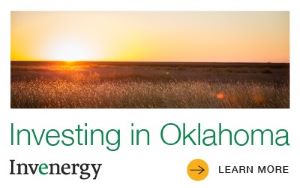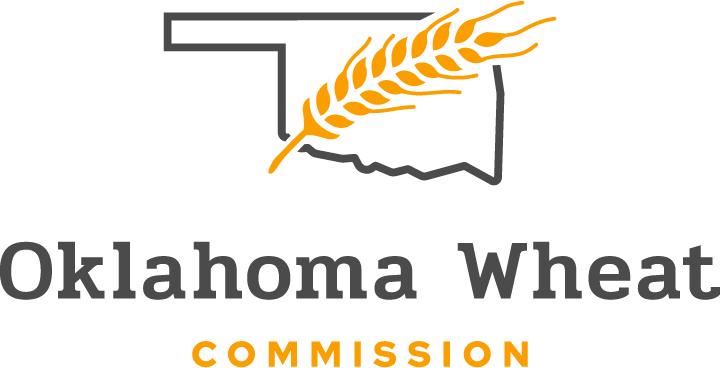
Agricultural News
National Geographic Fostering Conversations About the Future of Agriculture and Food Production
Wed, 13 May 2015 18:00:12 CDT
 National Geographic launched an effort in 2014 to initiate a conversation about growing enough food to feed an ever increasing world population through a series called the "Future of Food". National Geographic Magazine Executive Editor Dennis Dimick said getting to that topic was evolutionary. He said the magazine had spent a decade studying the effects of climate change and how energy choices are tied to these issues. That tied into stories about preserving genetic diversity in the food system, fresh water and the end of plenty after the food price spikes of 2007 and 2008. Then in 2014, National Geographic published a yearlong series that addressed the implications of having a world population of seven billion people.
National Geographic launched an effort in 2014 to initiate a conversation about growing enough food to feed an ever increasing world population through a series called the "Future of Food". National Geographic Magazine Executive Editor Dennis Dimick said getting to that topic was evolutionary. He said the magazine had spent a decade studying the effects of climate change and how energy choices are tied to these issues. That tied into stories about preserving genetic diversity in the food system, fresh water and the end of plenty after the food price spikes of 2007 and 2008. Then in 2014, National Geographic published a yearlong series that addressed the implications of having a world population of seven billion people.
"I think the problem that we faced was, it's a huge issue," Dimick said. "So you have to break it down into sort of almost into palatable sections, so you can find interesting stories to tell."
Radio Oklahoma Network's Ron Hays caught up with Dimick at the recent Animal Ag Alliance Stakeholder's Summit in Kansas City, where he was a featured speaker. Click or tap on the LISTENBAR below to hear the interview.
In speaking at the summit, Dimick said he felt there hasn't been a good platform for a national dialogue on producing enough food in a sustainable way for the next several generations. In looking at the media coverage of food nationally, he said people are disconnected from those that grow food and the challenges the U.S. will face in the future.
"We live in a culture of abundance, we take food for granted," Dimick said. "It's inexpensive, we've had for a long time there has been a policy of trying to produce food cheaply in this country. So we don't think about it, we maybe spend ten percent of our income on average (on food). So it's not something we think about because it's always there."
Countries around the world spend a lot more for their food. With the food price spike of 2009, he said the editors at National Geographic felt it was time to initiate a conversation on this topic. He doesn't think they can change things, but maybe they provide a background conversation to inoculate discussions. With more than four million readers in the U.S., he said they can begin to sensitize people to the issue and provide some knowledge to begin having a conversation.
"If we can provide a background and a context that helps start this conversation, that's probably one of the valuable things we can do," Dimick said.
Through this project, Dimick said it provided a serious reality check on what lies ahead.
"That meeting this challenge is going to be a lot harder than anybody thinks," Dimick said.
WebReadyTM Powered by WireReady® NSI
Top Agricultural News
More Headlines...




















